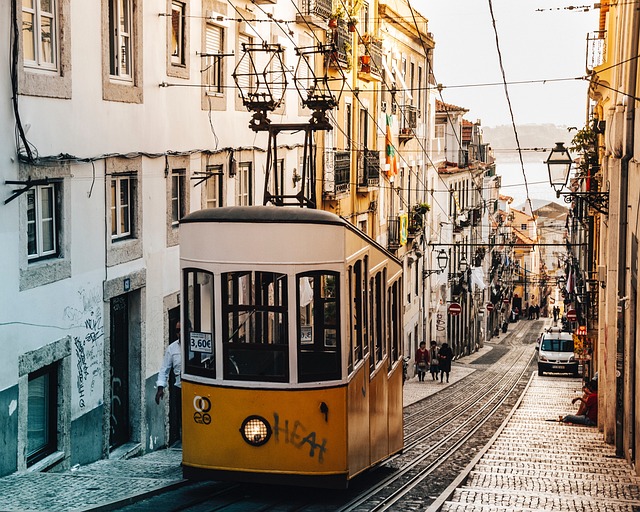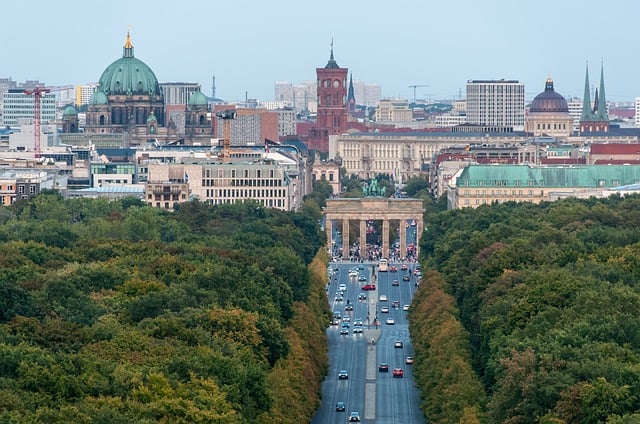Public Transportation: Efficient and Affordable – A Comprehensive Guide

Public transportation is a cornerstone of urban life, offering an efficient, affordable, and environmentally friendly way to navigate cities. For both locals and tourists, understanding how to use public transportation systems can greatly enhance your travel experience. This guide provides an in-depth look at the benefits of public transportation, tips for using it effectively, and examples of some of the best systems around the world.
1. Benefits of Public Transportation
Public transportation offers numerous advantages that make it an attractive option for getting around:
a. Cost-Effective
- Affordable Fares: Public transportation is generally much cheaper than driving, especially when considering fuel, parking, and maintenance costs.
- Tourist Passes: Many cities offer discounted passes for unlimited travel, making it economical for tourists.
b. Environmentally Friendly
- Reduced Emissions: Public transportation reduces the number of vehicles on the road, leading to lower greenhouse gas emissions.
- Sustainable Travel: Buses, trains, and trams are more energy-efficient per passenger than private cars.
c. Convenience
- Avoid Traffic: Public transportation often has dedicated lanes or routes, allowing you to bypass traffic congestion.
- Accessibility: Public transit systems are designed to serve a wide range of destinations, including major attractions, business districts, and residential areas.
d. Stress-Free Travel
- No Parking Hassles: Forget about searching for parking spots or paying high parking fees.
- Relaxation: Use travel time to read, work, or simply relax instead of focusing on driving.
2. Types of Public Transportation
Public transportation systems vary by city but generally include the following modes:
a. Buses
- Flexibility: Buses can reach areas not served by rail systems.
- Frequency: In many cities, buses run frequently, especially during peak hours.
b. Trains and Subways
- Speed: Trains and subways are often the fastest way to travel within a city.
- Capacity: They can carry large numbers of passengers, reducing congestion on roads.
c. Trams and Light Rail
- Efficiency: Trams and light rail systems are ideal for medium-distance travel within urban areas.
- Scenic Routes: Many tram systems offer scenic views of the city.
d. Ferries and Water Taxis
- Unique Experience: Ferries and water taxis provide a unique way to travel, especially in cities with waterways.
- Avoid Traffic: They offer a traffic-free alternative for crossing rivers or bays.
3. Tips for Using Public Transportation Effectively
To make the most of public transportation, follow these tips:
a. Plan Your Route
- Maps and Apps: Use transit maps and apps like Google Maps, Citymapper, or local transit apps to plan your route.
- Schedules: Check the schedules to avoid long waits, especially during off-peak hours.
b. Get the Right Ticket
- Single Tickets: Ideal for one-time trips.
- Day Passes: Unlimited travel for a day, perfect for tourists.
- Multi-Day Passes: Cost-effective for longer stays.
- Contactless Payment: Many cities allow you to pay with contactless credit/debit cards or mobile wallets.
c. Be Prepared
- Have Change or Small Bills: Some systems require exact change for tickets, especially on buses.
- Keep Your Ticket Handy: You may need to show or scan your ticket multiple times during your journey.
- Stay Alert: Pay attention to announcements and signage to avoid missing your stop.
d. Follow Etiquette
- Priority Seating: Offer your seat to elderly, pregnant, or disabled passengers.
- Stand on the Right: On escalators, stand on the right and walk on the left (common in many cities).
- Avoid Rush Hour: If possible, avoid traveling during peak hours (7-9 AM and 5-7 PM) to escape the crowds.
4. Examples of Efficient Public Transportation Systems
Here are some of the best public transportation systems around the world:
a. London, UK
- Oyster Card: Get an Oyster Card or use contactless payment for the cheapest fares.
- Tube Etiquette: Stand on the right side of escalators and let passengers exit before boarding.
b. Tokyo, Japan
- Suica/Pasmo Cards: Use a rechargeable Suica or Pasmo card for seamless travel.
- Rush Hour Crowds: Avoid the subway during rush hour unless you’re prepared for extreme crowds.
c. Berlin, Germany
- Berlin WelcomeCard: Offers unlimited travel and discounts to attractions.
- Validate Your Ticket: Remember to stamp your ticket before boarding to avoid fines.
d. New York City, USA
- MetroCard: Purchase a MetroCard for unlimited rides or pay-per-ride options.
- Subway Lines: Note that some subway lines have express and local services; check the map carefully.
e. Singapore
- EZ-Link Card: Use an EZ-Link card for convenient travel on buses and trains.
- Clean and Efficient: Singapore’s public transportation system is known for its cleanliness and efficiency.
5. Alternative Transportation Options
In addition to traditional public transportation, consider these alternatives for getting around:
- Bike-Sharing: Many cities have bike-sharing programs (e.g., Citi Bike in NYC, Vélib’ in Paris).
- Ride-Sharing: Apps like Uber or Lyft are available in many cities.
- Taxis: Use licensed taxis or apps like Gett or Free Now.
- Walking: Often the best way to explore a city’s neighborhoods and hidden gems.
6. Troubleshooting Common Issues
Even with the best planning, things can go wrong. Here’s how to handle common problems:
- Lost or Stolen Tickets: Report the issue to transit staff immediately. Some systems allow you to block and replace lost cards.
- Missed Stops: Stay alert and use apps to track your location in real-time.
- Language Barriers: Learn a few key phrases or use translation apps to communicate with staff or locals.




